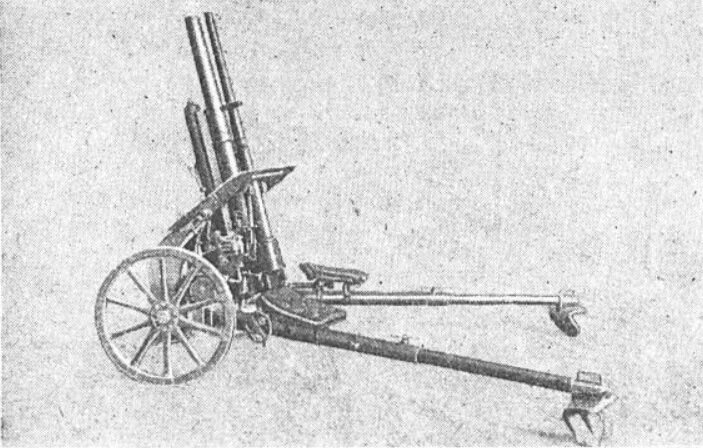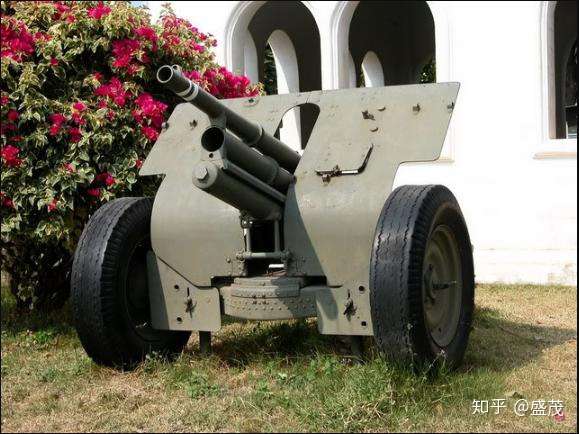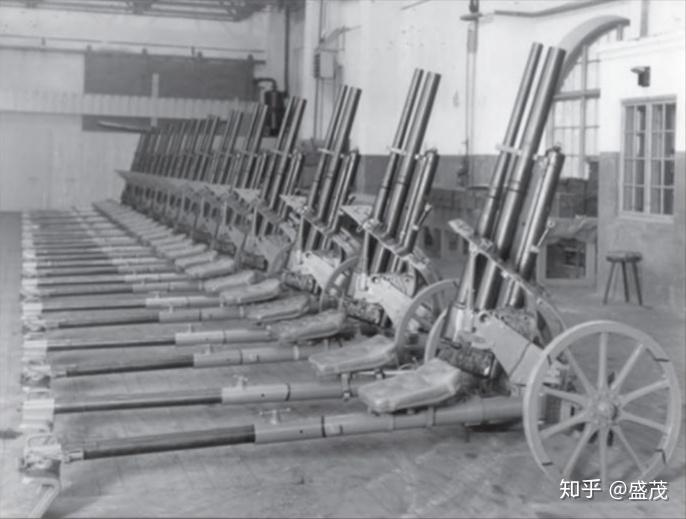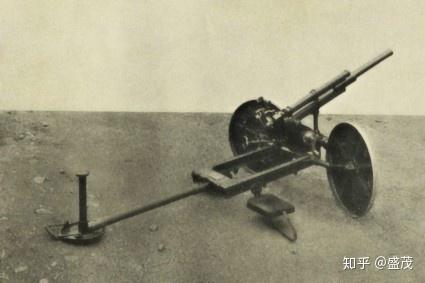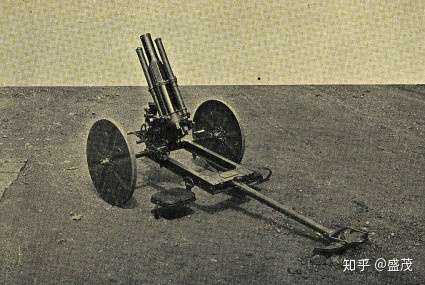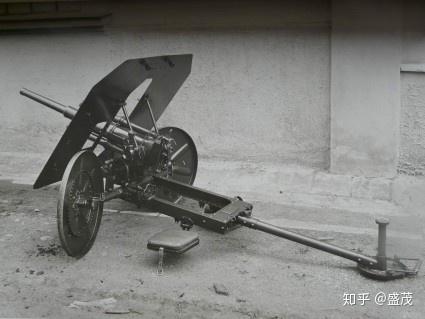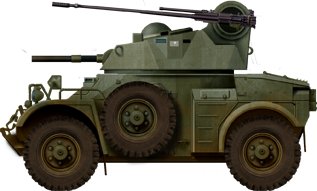Would anyone have information on this late 30s or early 40s weapon prototype, which combined a 37 mm Bofors antitank gun and a breech loaded 81 mm (Bofors?) mortar?
The combined weapon weighed approximatelky 450 kg.
Incidentally, the mortar could apparently fire a 4.1 kg projectile to a distance of up to 6 000 m, which was pretty good for the time given that the M1 mortar of the U.S. Army seemingly fired a 3.1 kg projectile to a distance of a tad more than 3 000 m.
The combined weapon weighed approximatelky 450 kg.
Incidentally, the mortar could apparently fire a 4.1 kg projectile to a distance of up to 6 000 m, which was pretty good for the time given that the M1 mortar of the U.S. Army seemingly fired a 3.1 kg projectile to a distance of a tad more than 3 000 m.

